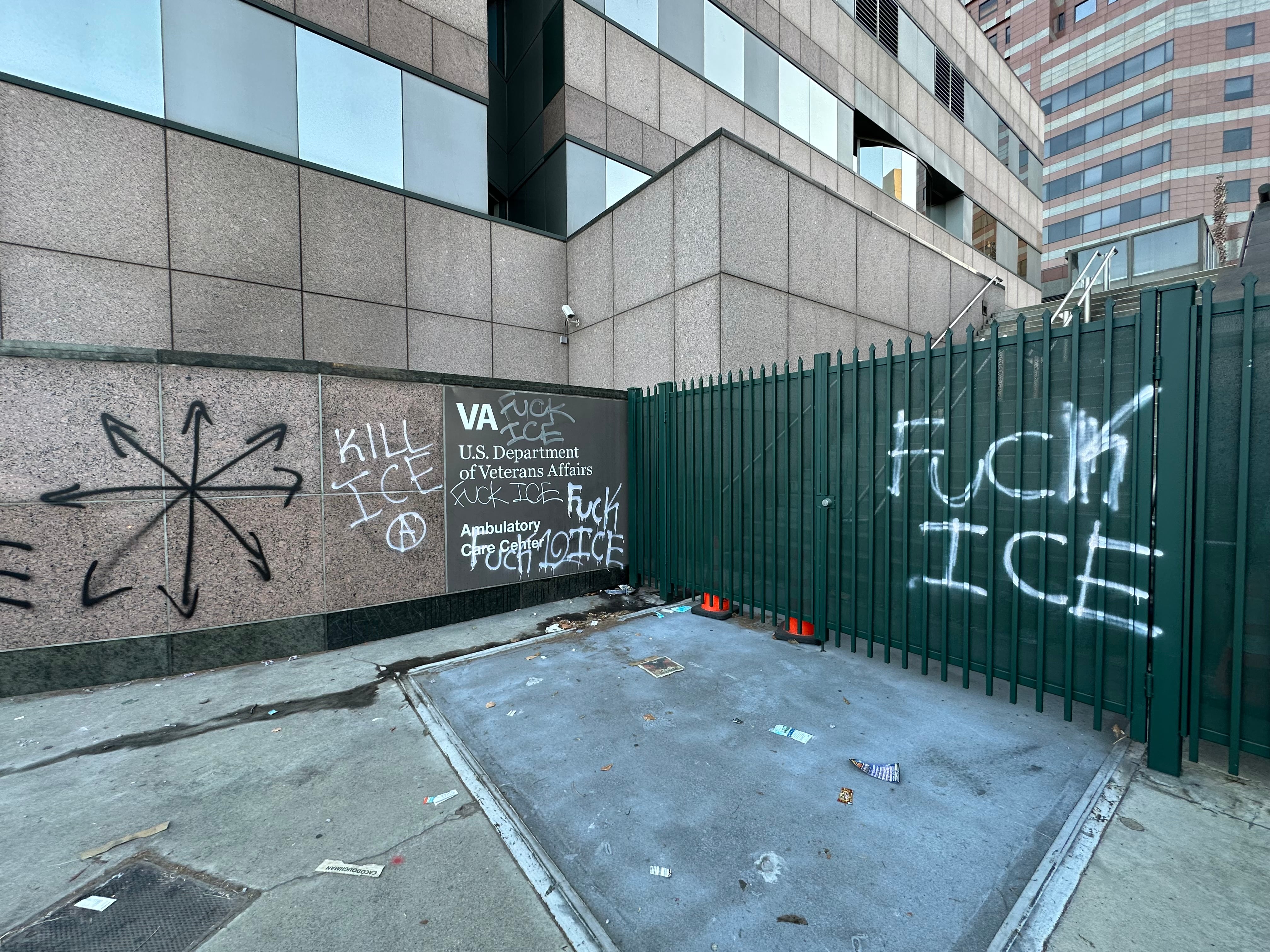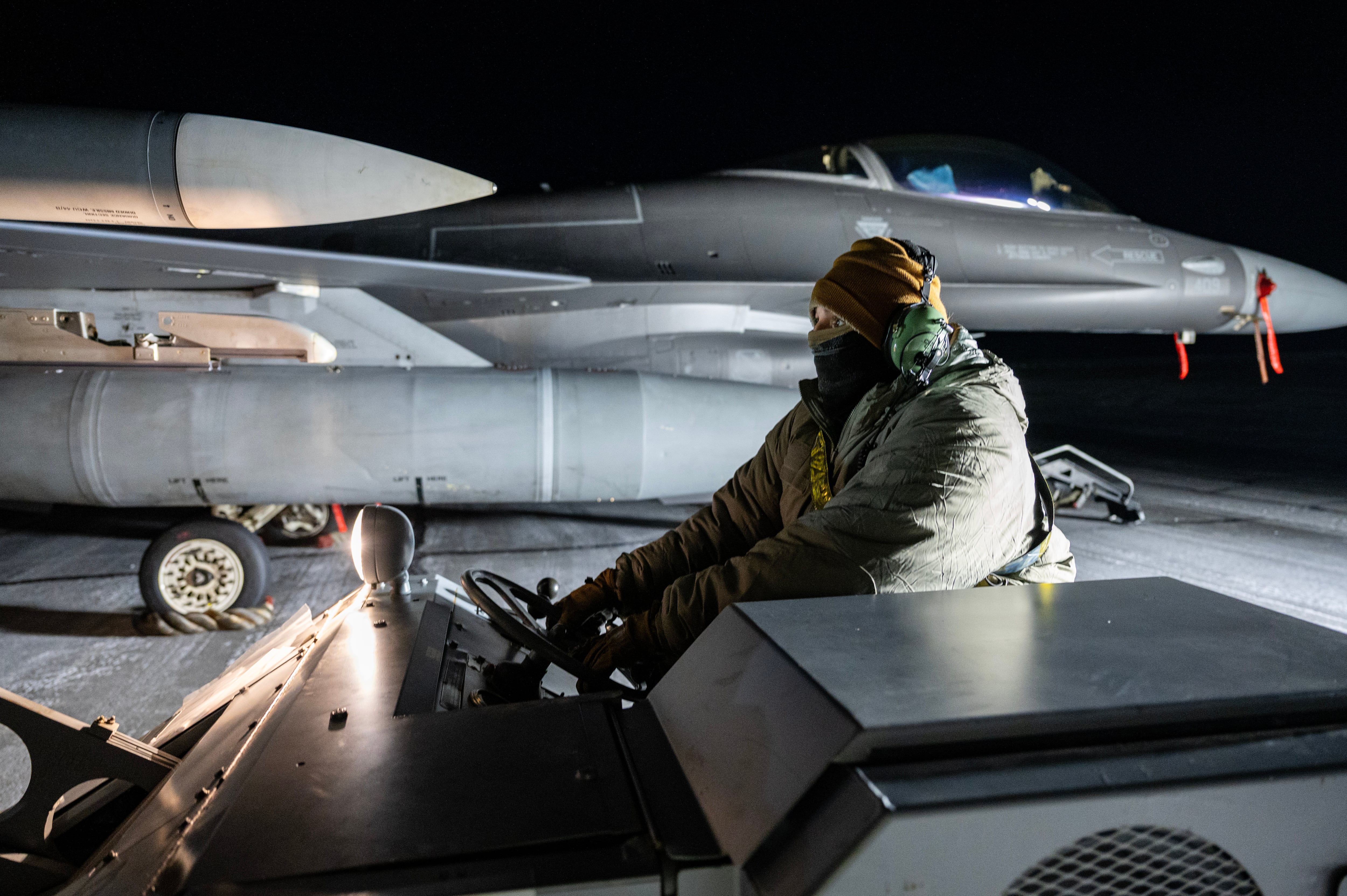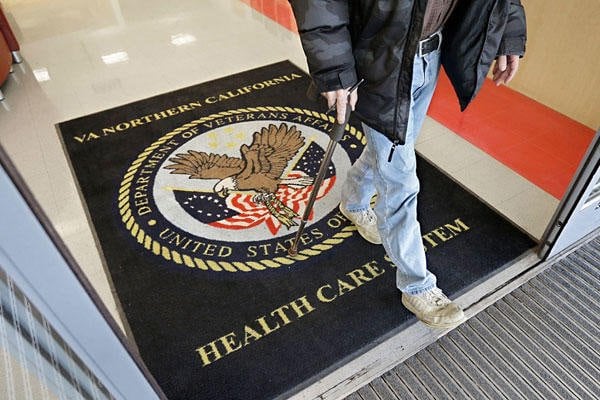Pervasive problems at the Army’s main criminal investigative agency, known as CID, could be fixed by a proposal to recast it as an independent organization with civilians in charge rather than military police, according to briefing documents obtained by Army Times.
Overhauling the leadership structure is favored by CID special agents more than military police officers, who are resistant to changes that could marginalize their career field, said several individuals familiar with the situation.
A second option being promoted, however, adds personnel to CID but allows it to remain a military police organization. That proposal would not result in substantial change, the sources said, all of whom spoke on condition of anonymity.
Army senior leaders originally asked in December that CID explore transitioning to a civilian model, according to the documents. But the second option that keeps military police in charge, which is labeled “recommended,” is being offered as a cheaper and more quickly implemented alternative.
Converting CID into a civilian-led organization was given a hefty cost estimate of $480 million to execute and could take as long as a decade. The second option was given a more digestible $60 million figure over two to four years.
The price tags could sway Army decision-makers concerned about flat budgets in the coming years. Sources pointed out, however, that there are hidden costs that arise from poorly managed investigations.
Military police “are going to resist this tooth and nail because it is a threat to their force structure,” said one source familiar with the proposals. But a civilian-led CID would create a “more experienced organization” better at “investigating and managing these complex cases” involving sexual assault and murder, the source added.
Provost Marshal General of the Army Donna Martin, who oversees all military police and CID units, is slated to testify before Congress March 11 about how CID can be reformed in the wake of a scathing inquiry into the Army’s failings at Fort Hood, Texas, this past year.
“First, it is critically important to understand that no decision has been made and ultimately the decision will be made by the Secretary of the Army,” Martin said in a statement responding to questions. “These are draft planning documents that provide Army decision makers with options to address improving CID capabilities.”
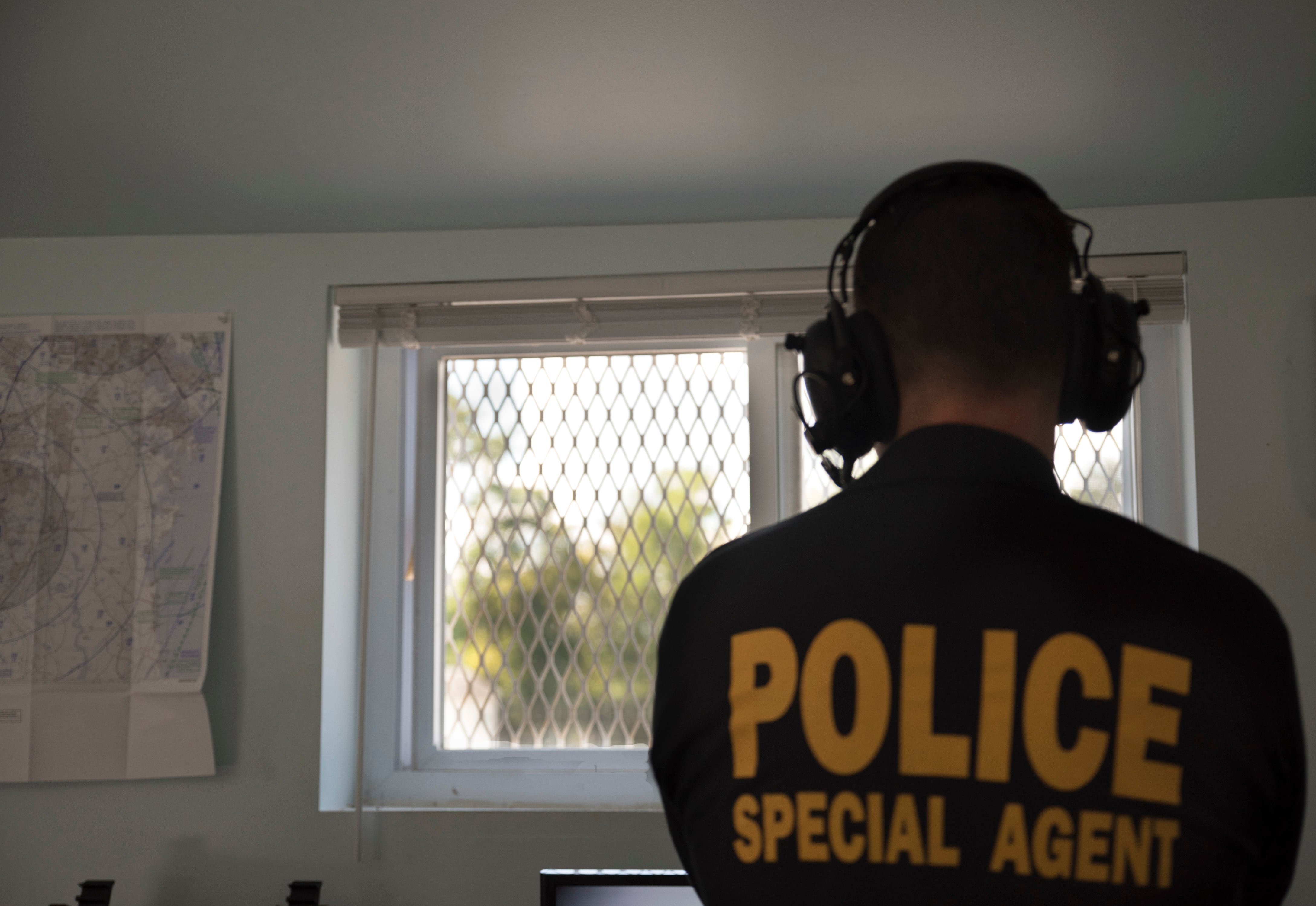
“Ultimately any decisions made by the Army leadership will lead to an organization with enhanced capabilities, organized with and led by law enforcement professionals comprised of either civilian investigators, military investigators, military officers and enlisted soldiers, or some combination of the aforementioned that has yet to be decided,” Martin’s statement reads.
Alarming findings
Proposals to redesign CID were drafted over the past few months in response to a 152-page report on Fort Hood that was compiled by an independent committee of five civilians and released Dec. 8.
Committee members found that special agents assigned to the central Texas post were inexperienced and overworked, leading to missteps during the high-profile search for slain soldier Spc. Vanessa Guillen, as well as other lesser-known cases.
The Fort Hood CID detachment was “basically being used as a training ground,” Chris Swecker, a former FBI inspector who served on the committee, said in December. “They had a difficult time, and it’s not their fault.”
Agents who spoke to Army Times in the wake of the Fort Hood report said that CID’s leadership structure is largely to blame. Despite similar names, military police officers are not special agents — a job that is only held by enlisted soldiers and warrants.
RELATED
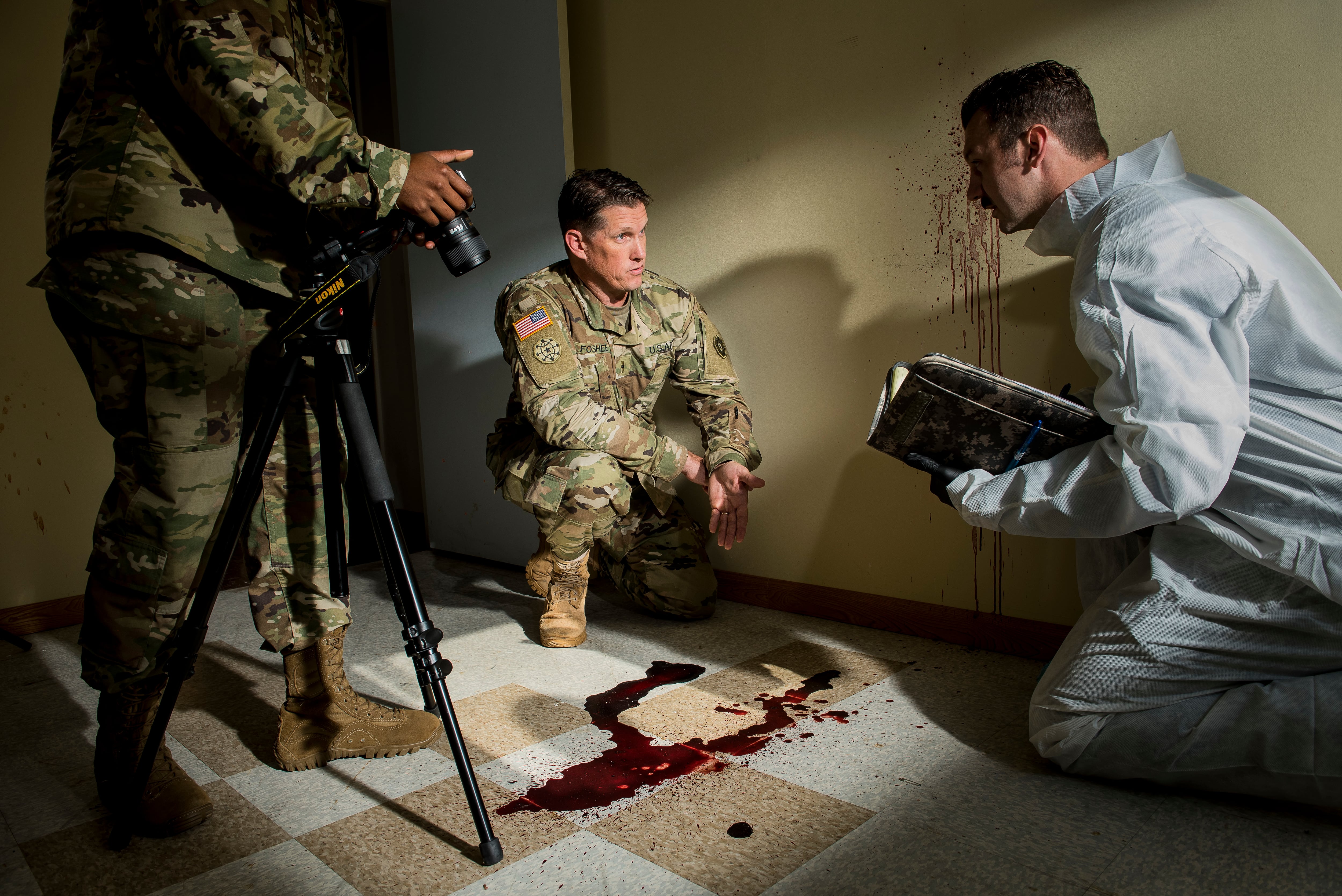
Military police officers often prioritize soldiering tasks, like field training and deployment readiness, multiple agents said previously. And though their role in CID has grown over the years, they can’t help solve the criminal cases overwhelming investigators, according to those agents.
“The easiest way to put this is, an aviation colonel can fly and an armor colonel can drive a tank. They’ve done it before,” said one source. But there are military police officers “who have never worked a murder. You’d think they have these experiences, but they don’t.”
The dynamic exists not just at Fort Hood, but across the Army, and now the service is weighing at least two options to address it, according to the briefing documents.
Decision point approaches
The first option being considered involves converting the vast majority of CID positions into civilian roles, including all special agents. This would make CID look more like the Naval Criminal Investigative Service. It would also remove military police officers, to include the provost marshal general, from the command structure.
The second option looks far less dramatic. It would allow military police and the provost marshal general to retain control over CID, but it would add more personnel to the command, including dozens of civilian case agents and military police captains in charge of CID detachments.
Putting captains at detachments has been floated before, one individual said, and “many agents are not fans at all” of more military police officers getting involved.
“It was marketed that a captain coming in would take some of the administrative responsibility off of the special agents in charge,” the individual added. “None of the agents believe any of that.”
Other options have also been considered in recent months, sources said, including a model similar to the Air Force Office of Special Investigations. The Air Force allows officers to become AFOSI agents, unlike CID, which fills out senior leader roles with people who are investigators.
An AFOSI model is “where CID needs to go,” said one source. That model was not included in the proposals Army Times viewed, but it could still be an option.

Individuals familiar with both proposals said they exaggerate the disadvantages of revamping CID with civilian leaders.
Civilianizing CID is risky, according to the documents, because a force composed entirely of civilian agents would be less able to deploy. Some sources disputed that, pointing out that NCIS and other federal law enforcement agencies do send civilians to Iraq and Afghanistan. One source cautioned that CID’s deployment requirements during the peaks of those wars were much greater than those of NCIS.
Another disadvantage to a civilianized CID is the impact it would have on the jobs of soldiers who are currently special agents, according to the proposals. Over a years-long transition, many agents might simply be able to retire or change jobs.
“I have heard many [CID agents] throughout the years say they would quickly become civilian agents or apply for those positions, and it would be best for the organization,” said one source.
The proposal to keep military police in charge does acknowledge a key disadvantage: It would continue the rotational assignment of agents to protective details for senior Pentagon officials.
Agents have complained previously that these details take many early career investigators off cases and place them in roles where they are not gaining experience with interviews, interrogations or evidence collection. Civilianizing CID does not include that disadvantage, according to the documents, but it was not clear how that vacuum would be filled under a civilian-led model.
A matter of ‘intent’
Fort Hood’s CID detachment recently won the Feher-Deaver’s Award for 2020, which goes to the most outstanding CID unit in the Army each year. That detachment was a peculiar choice, given the shortcomings highlighted by the Fort Hood report.
The award is not based solely on law enforcement-related criteria, however. It also includes Army standards, like physical fitness, weapons qualifications, equipment readiness and deployability, a CID official explained.
The official also pointed to a number of high-visibility criminal cases Fort Hood agents pursued in 2020 and the more than 1,200 new felony investigations they opened during the year.
But the Feher-Deaver’s Award criteria are an example of how investigating criminal cases can be derailed by the soldiering tasks that military police officers are more interested in. Civilianizing the command would combat those dueling priorities, multiple sources said.
RELATED
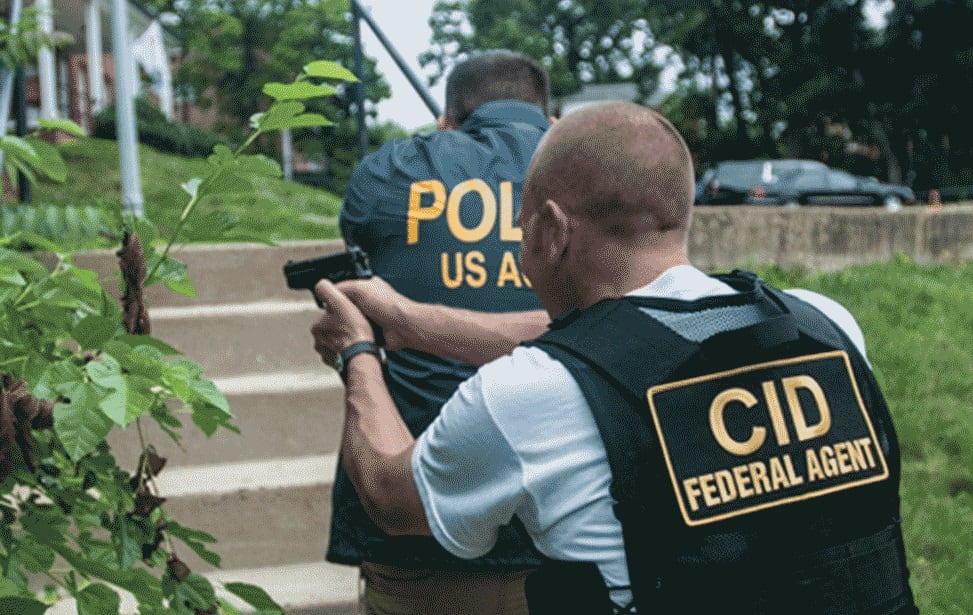
Civilianizing CID “gets to the intent” of the Fort Hood report, one source said. The second proposal, the source added, is designed to placate senior Army leaders by saying, “we agree there needs to be change and here’s a gesture to show we’re serious.”
The proposal to civilianize CID would put Senior Executive Service leaders in charge across the organization, according to the proposal. These are high-ranking members of the U.S. civil service. The most senior of these civilians would report to the undersecretary of the Army, another civilian.
The second proposal, however, allows the provost marshal general to remain in charge of CID and report to the Army chief of staff, which is favored by the military police corps, sources explained.
Military police officers generally want to retain control over CID because it gives them oversight of some of the most important felony investigations involving the Army, multiple sources told Army Times for this and previous articles.
“There’s no MP cases being briefed on a daily basis,” an agent said in December. “If you want face-time with the brass, then you better somehow be involved with CID, because that’s truly what’s being briefed up there at that DoD level.”
Kyle Rempfer was an editor and reporter who has covered combat operations, criminal cases, foreign military assistance and training accidents. Before entering journalism, Kyle served in U.S. Air Force Special Tactics and deployed in 2014 to Paktika Province, Afghanistan, and Baghdad, Iraq.

